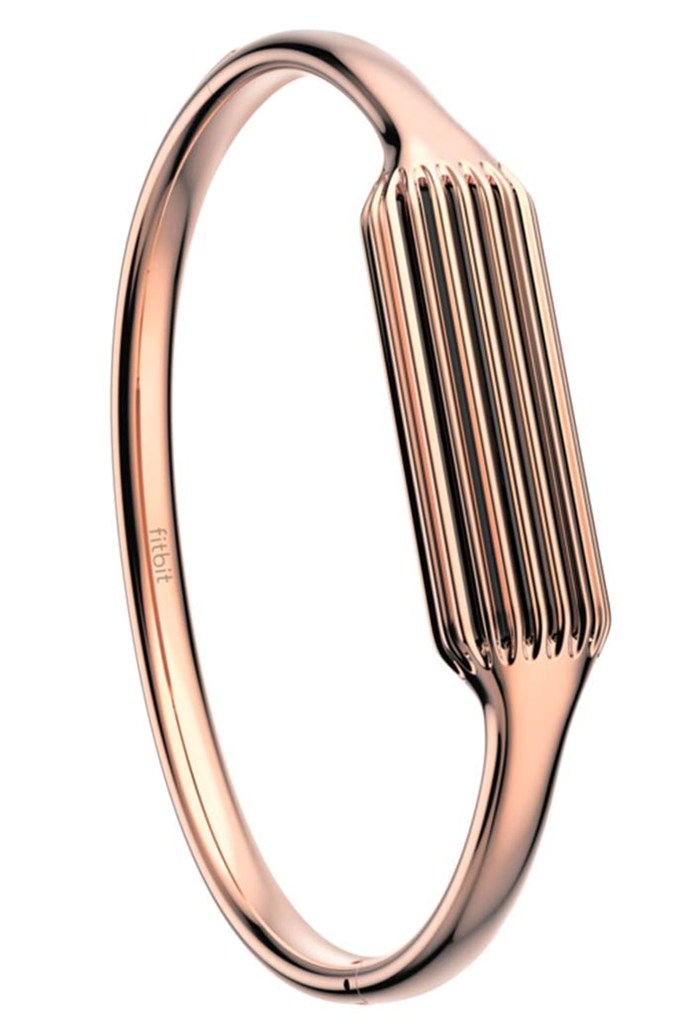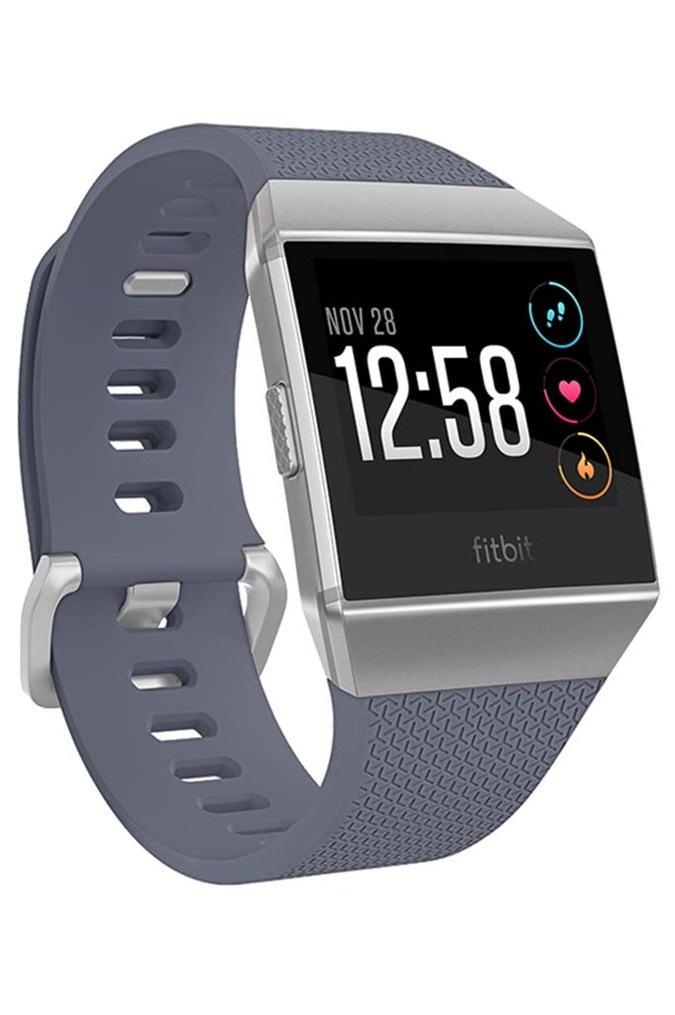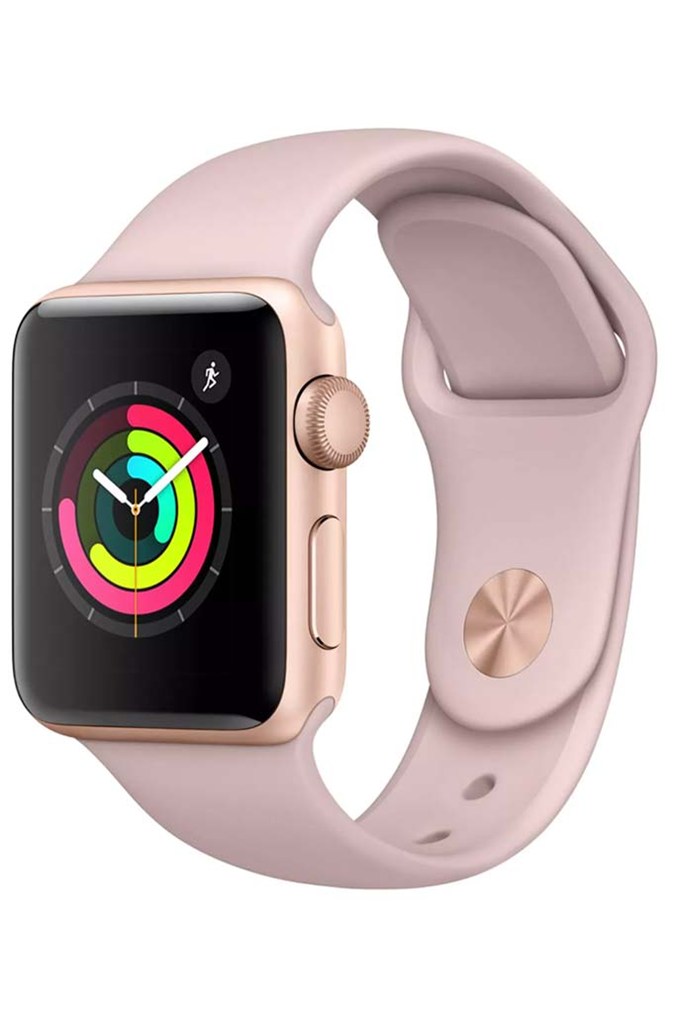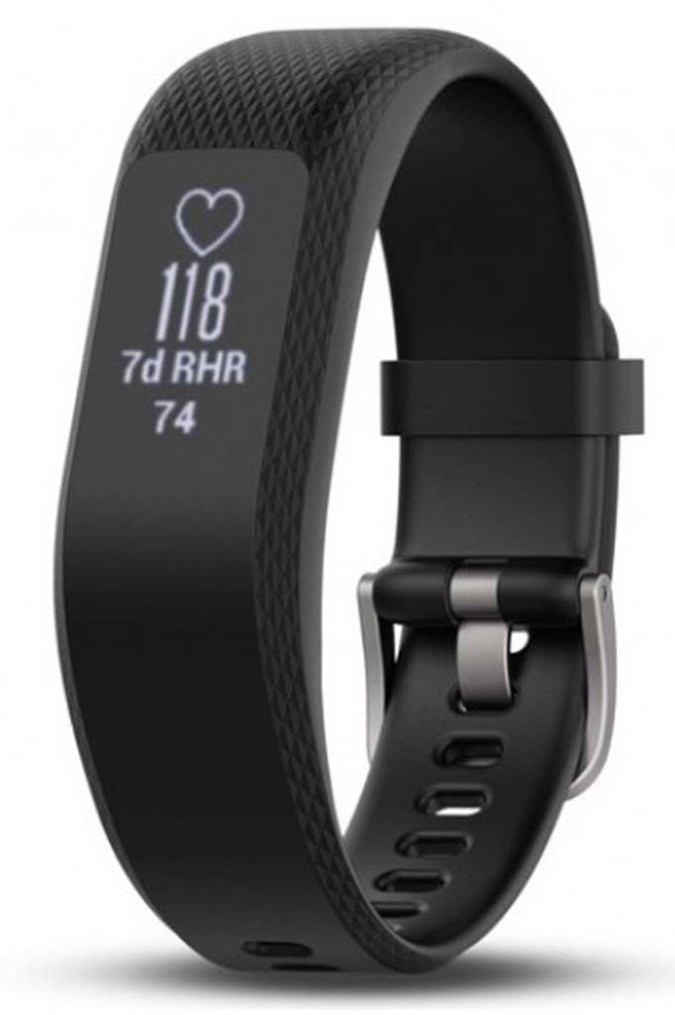Why you should be walking 10,000 steps a day
A few months ago I had some form of epiphany. Nothing incredibly groundbreaking or universally relevant, but on a personal level, it was somewhat momentous.
One casual look at my iPhone health app stats showed me how sedentary I had become. I was averaging about 3000 steps a day, which translates to about two and a half kilometres of walking. Which is not that much. And while I have always been diligent about exercising about three times a week (a mix of circuit training and boxing), and I manage to get a significant step count on weekends, 3000 steps during the work week is pretty dismal (for me, anyway).
So I decided to challenge myself to a week of hitting that magic 10,000 a day (the number of steps the World Health Organisation and National Heart Foundation of Australia recommend). I also spoke to Drew Harrisberg, Fitbit ambassador and exercise physiologist to see if getting in a certain number of steps was actually a thing or some health trend that had taken off with no real substance.
Not that surprisingly, there are plenty of benefits to getting more steps into your day.
“The health benefits are multifaceted – there are physical benefits, mental benefits, and physiological and metabolic benefits,” says Harrisberg. “When you are sitting down for a long time, you can get blood cooling in your arms and legs, so [walking] promotes blood flow. This delivers nutrients where they need to go. Then there’s what it can do for endorphins and hormones; it reduces cortisol levels, so it de-stresses you; improves insulin sensitivity, which can help you lose body fat; and the cardiovascular benefits [from] your heart rate [going] up. Then,there are the physical benefits. It strengthens your muscles, ligaments and tendons, and improves your bone mineral density.”
Right, so worth my while then.
The 10k-a-day program
Well, the program is all in the name, isn’t it? Hitting 10k steps a day. But here’s a fun fact: 10,000 is more-or-less an arbitrary number that has gained popularity thanks to how well it rolls off the tongue. According to Harrisberg, the number of steps you should do in a day depends on each person and their fitness levels.
“10,000 steps is a really good all-round goal for the majority of people, but then of course, there are those exceptions. 10,000 steps for me could equal 1000 steps for my grandmother. The same applies for people who are clinically or morbidly obese, where 10,000 is a pretty big amount, so maybe 1000 to 2000 [is enough] for them. [10k is] a nice number for people who have a base level of fitness who aren’t sedentary, but for the rest of the population who haven’t got up in years, it is a big jump. A good way to understand where you sit on that spectrum is what 10,000 steps can do to your heart rate, your breathing rate and your sweat rate. These are easy things that everyone can understand.” Then, for people who are much more active and fit, they should set their step target higher than 10k.
For me? 10,000 seemed like a pretty good place to start.
The process
So I had to hit 10,000 steps a day, and I definitely didn’t plan on counting those steps manually. At first I used my iPhone to track my steps. And then I started to feel uncomfortable about all the places I was taking my phone to count my steps. Morning walk? Fine. Bathroom and kitchen runs? Eh, not so much.
So I looked into a fitness tracker. Now call me vain, but I wanted it to still look chic, so I settled on this Fitbit Flex 2 Bangle in rose gold. You basically just take the small tracker out of your Flex 2 Fitbit band and insert it into the bangle - pretty and functional.

Good to know: It turns out that this bangle accessory for the Fitbit Flex 2 tracker isn’t meant to be worn during vigorous exercise or while sleeping. I didn’t know that, and so mine stretched out by about a size. So if you plan on investing in one of these, I recommend wearing the black strap the Flex 2 comes with for sleeping and exercising, and the bangle for regular day-to-day walking/living your life.
Also worth noting, you can’t over-achieve your step target one day, then slack off the next and call it even. I asked Harrisberg if I did, for example, 6000 steps on one day and 14,000 the next, if that ‘balanced out’. Sadly, not so much.
“I am going to say no for a few reasons. The main reason why it doesn’t work is because the benefits of walking are so accumulative and immediate. The benefits are in the moment when you are doing it. Of course there is an overflow when your endorphins are released and your metabolic rate is prime, but if you compare that afterburn to high-intensity training, it does not compare. A high-intensity workout can give you almost 72 hours of metabolic benefits, but walking on the other hand will give you the benefit at the time. The way you need to think about it is, instead of having a credit you can use to not walk the next day, it should be seen as a profit.” he says.
It turns out it also doesn’t really count to just walk around my (not very big) apartment to get my steps up.
“Mini everyday steps versus powerful, power-walking style steps could make a difference to the 10,000 steps. In general, if you are going for a walk with your dog, think of the quality of those steps with stride length, incline, decline, hills… there is more to it than just taking the steps. When you are fighting gravity that is a hell of a lot harder. And the other thing is the intensity and your heart rate. What is your heart rate doing when you are walking? Another thing is speed. So how quickly are you getting your steps? Are you getting the steps done by midday or does it take you an entire day? There are so many variables to what seems to be a simple 10,000 steps a day.”
Um, thanks Drew. Way to make a seemingly easy task that much more complicated.
It took me a few days to realise that you need to put in some kind of effort to hit 10,000 steps. It doesn’t just happen. I would have to wake up a bit earlier than usual to go on a beachside walk, and if I couldn’t drag my butt out of bed, I had to make time during my workday for a walk (not always so easy), and/or go for a short walk after work.

Bondi to Bronte - my walking track of choice
As time went on, I found the easiest way to make sure I got my steps in was to just get it out of the way early. I quickly got into a routine of waking up for a 6am walk any morning I didn’t have a commitment too early (either a work event or a gym session with my sister), making sure to get at least 7000 steps done before leaving for work.
The payoff
Spoiler alert (not such a spoiler if you read the headline): I challenged myself for a week, and here we are four months later and I’m still going. Hitting at least 10k a day. According to my Fitbit stats, for the last three months of using my Fitbit I’m averaging 14,800 steps a day, which is about 10km a day. That’s 70km a week!
(Sorry for that tiny bragfest.)
So why have I kept going? Well, there’s something quite addictive about tracking your movements and hitting those goals. And I’ve also noticed a difference.
Physically, I feel (and feel that I look) a bit trimmer, especially in my hips, and that I’m generally more toned. Keep in mind, I am active in other ways – circuit training two to three times a week, plus a boxing session – so this can’t all be attributed to the walking. But according to Harrisberg, if you’re consistent, you will notice change. “You can expect to gain a little muscle, so if you haven’t been activating your lower legs or your calves, and you start walking, you can improve your calf strength and gain muscle mass,” he says. But don’t expect that you can ‘target’ your lower body by walking so much. The whole point of walking and getting your heart rate up is to get the blood flowing, which will start burning fat from wherever it’s stored.
On an emotional level, I found spending that 45 minutes to an hour walking so cathartic and such a useful time to sort through the million thoughts running through my head (including my mental to-do list) and start the day that little bit clearer (or end it free from the muddle of what happened in the day, if I did an evening walk.)
The final verdict
A week of 10,000 steps was my initial goal, but now a few months later, I don’t think I can go back. From what I’ve noticed in terms of toning my body and clearing my mind, paired with the fact that it’s, in simple terms, a nice way to start the day, I’m sticking with my 10k a day. Will I ever enjoy the 5:45am wake-ups? Absolutely not. But it’s all worth it.
If you’re keen to get into boosting your daily step count, I can’t recommend a wearable tracker enough. The Fitbit Flex 2 is an excellent no-fuss option, but if you want some more bells and whistles, try the Fitbit Iconic. It’s a smart watch-meets-music player-meets tracker, plus a lot more. If you’re an iPhone user you might like to upgrade to the Apple Watch to track your movements. And if you like the idea of a thin strap that gives quite a lot of information at a glance, look into the Garmin vívosmart® 3.

Fitbit Iconic

Apple Watch

Garmin vívosmart® 3
Need some new exercise gear for that motivation to get moving? Here's how to find the best new leggings for the workout you're doing.
Have you ever challenged yourself to get to 10,000 steps a day? Please share your experience with us in the comments section below.
Image: Supplied









